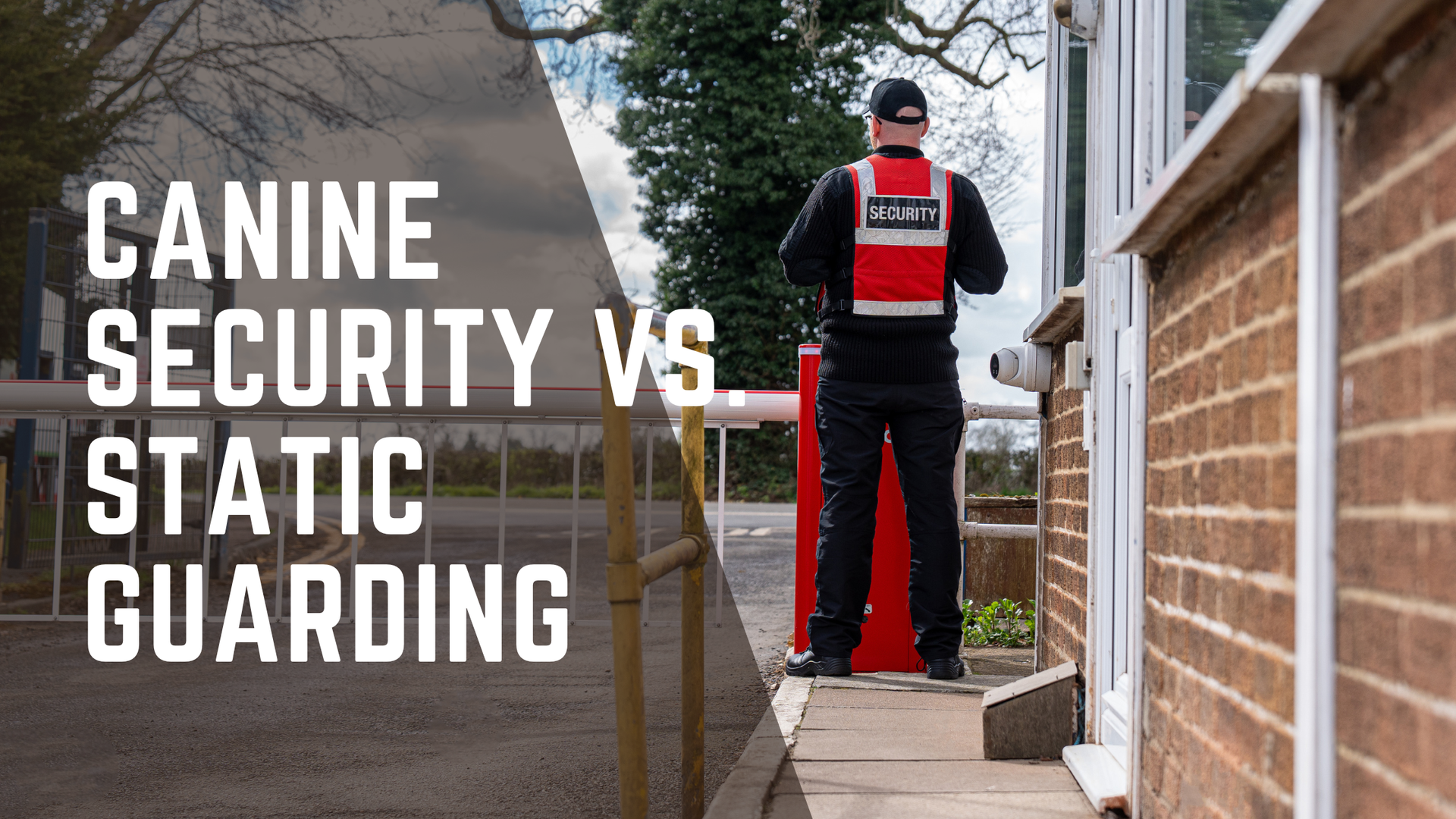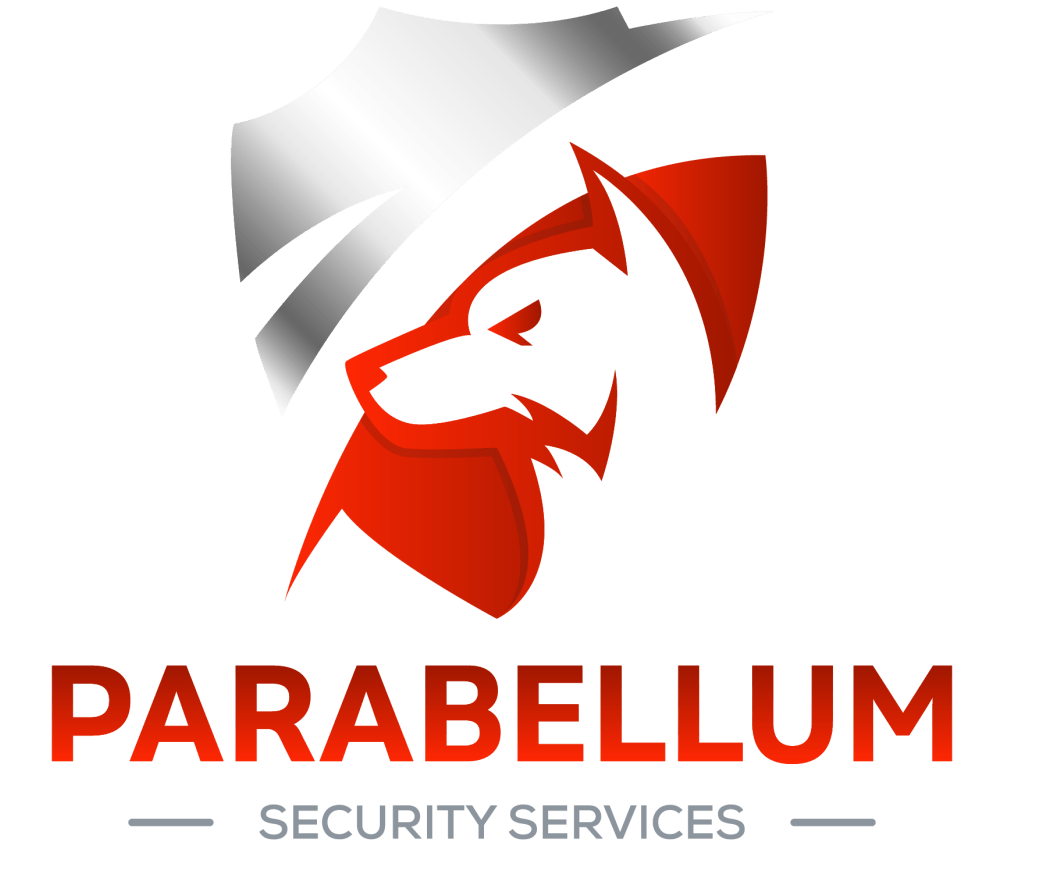Canine Security vs. Static Guarding
Canine Security vs. Static Guarding

Selecting the right security method is essential for achieving the best return on investment
(ROI) and ensuring your site’s protection is both efficient and proportionate to the level of
risk. At Parabellum Security, our deployments are guided by four core principles: Detect,
Deter, Delay, and Respond. Understanding how canine security and static guarding align
with these principles helps clients make informed, results-driven decisions.
Canine Security: Detection, Deterrence, and Rapid Response in One unite
Canine (K9) security pairs a professional handler with a highly trained dog to provide a
dynamic, mobile, and proactive security presence.
Detect: A dog’s heightened senses enable early detection of potential intruders or
suspicious activity long before human patrols or CCTV systems may identify a threat.
Deter: The visible presence of a canine team serves as an immediate and powerful
deterrent to trespassers, vandals, or organised crime groups.
Delay: In the event of a breach, a dog can quickly intercept and control a situation, buying
valuable time until additional support arrives.
Respond: Canine teams are trained to react rapidly and effectively, ensuring any
escalation is contained within moments.
Canine security offers exceptional value on large, open, or high-risk sites such as
transport yards, storage facilities, construction sites, and remote industrial estates. In
many cases, a single canine unit can cover the same ground and provide greater
deterrence than several static officers combined – often at a lower overall cost.
Canine Security: Detection, Deterrence, and Rapid Response in One unite
Static guarding provides a dedicated, visible human presence at a fixed post or within a
defined area. It is particularly effective in environments that require ongoing observation,
procedural adherence, or public interaction.
Detect: Trained guards monitor access points, CCTV systems, and alarm panels,
identifying issues as they arise.
Deter: A uniformed guard positioned at entrances or visible patrol routes provides a
reassuring presence for staff and visitors while discouraging opportunistic threats.
Delay: Static guards can act as a physical barrier between unauthorised individuals and
sensitive areas, maintaining control of site access and egress.
Respond: Guards provide immediate on-site support in emergencies and can liaise directly with emergency services or control room teams.
Static guarding is ideal for offices, warehouses, and customer-facing sites where visibility, consistent monitoring, and professional communication are priorities.
ROI Comparison: Tailoring the Right Solution
Detection – Exceptional early warning capability with canine units versus consistent
observational monitoring by static guards.
Deterrence – Extremely high with dogs, moderate to high with human presence.
Delay – Dogs offer immediate intervention; guards provide procedural delay and access
control.
Response – Rapid pursuit from dogs versus structured, human-led coordination.
Combining the Two: A Layered Defence Strategy
For many clients, the best results come from an integrated approach. Combining Canine Security Teams with Static Guards offers layered protection across all four principles: Detect, Deter, Delay, and Respond.
This hybrid model often provides the highest operational efficiency and best ROI, particularly for multi-acre or mixed-use environments.
Why Choose Parabellum Security
At Parabellum, we don’t simply supply guards or dogs — we deploy the right resource for
the right environment. Every recommendation is based on risk profile, site layout,
operational demands, and budget efficiency.
Whether you require canine patrols to secure expansive grounds or static officers to manage front-of-house access, our solutions are built around the same objective: to Detect, Deter, Delay, and Respond with absolute professionalism.
For expert advice or a tailored site assessment, contact Parabellum Security Services.





